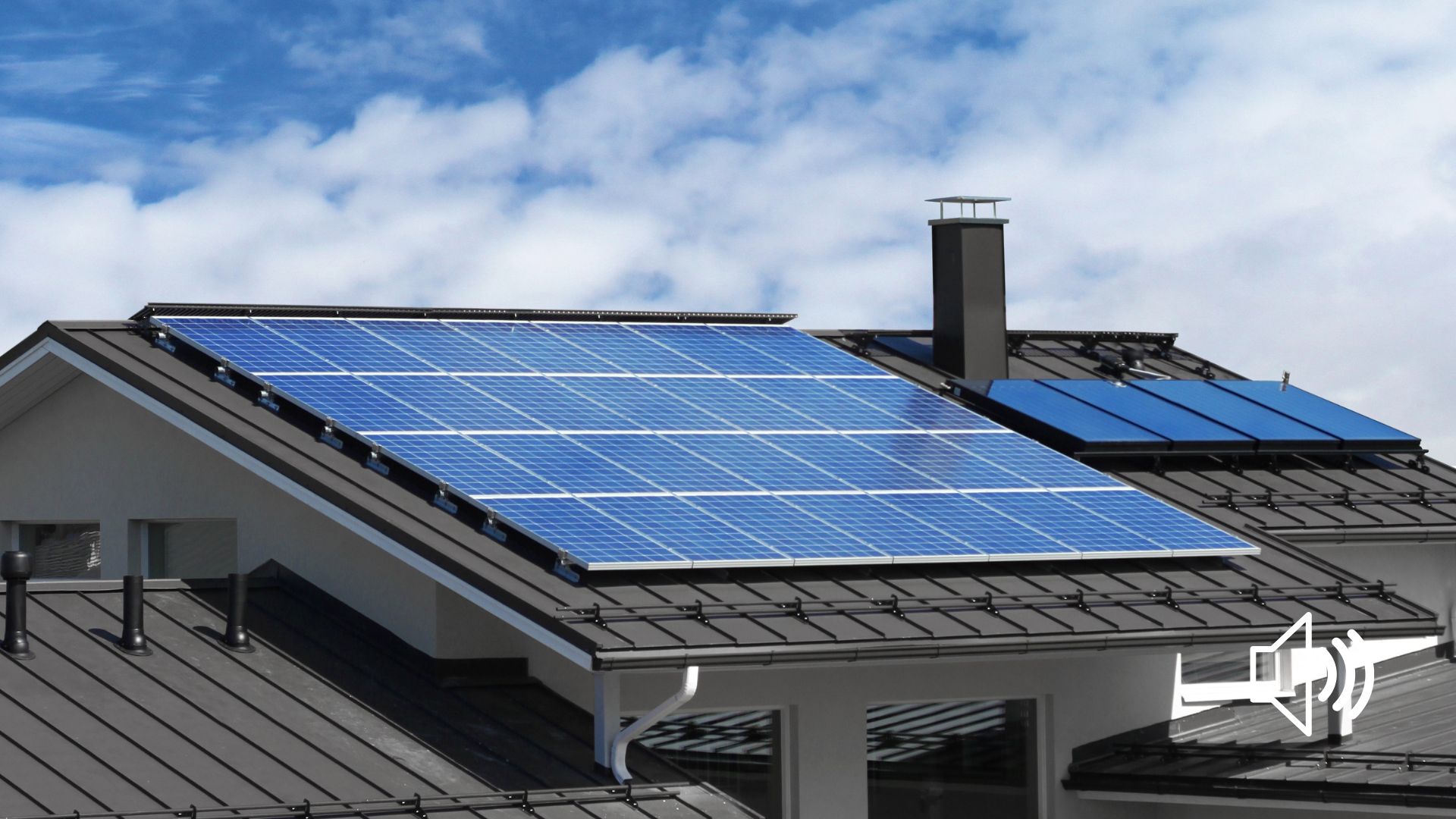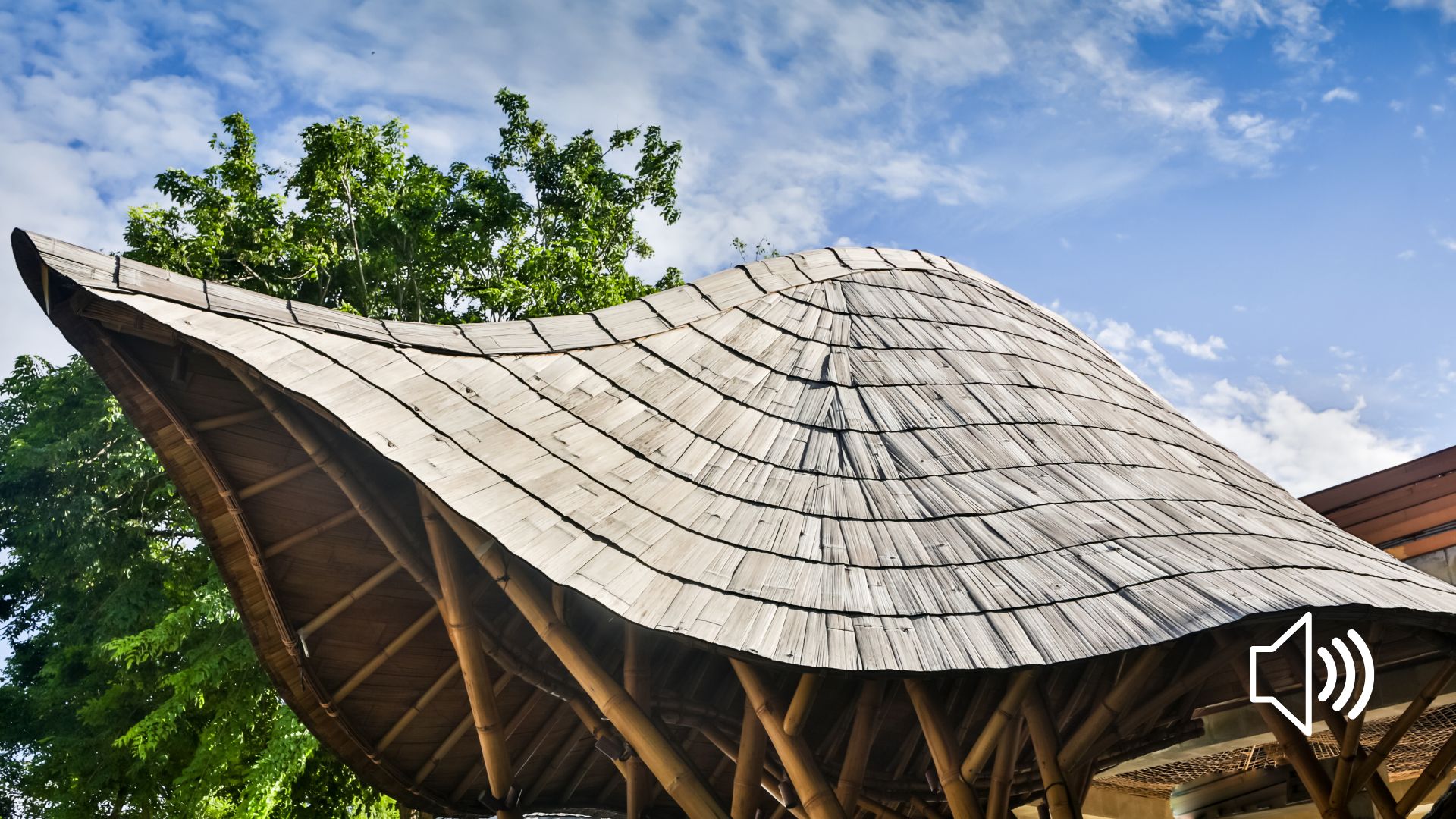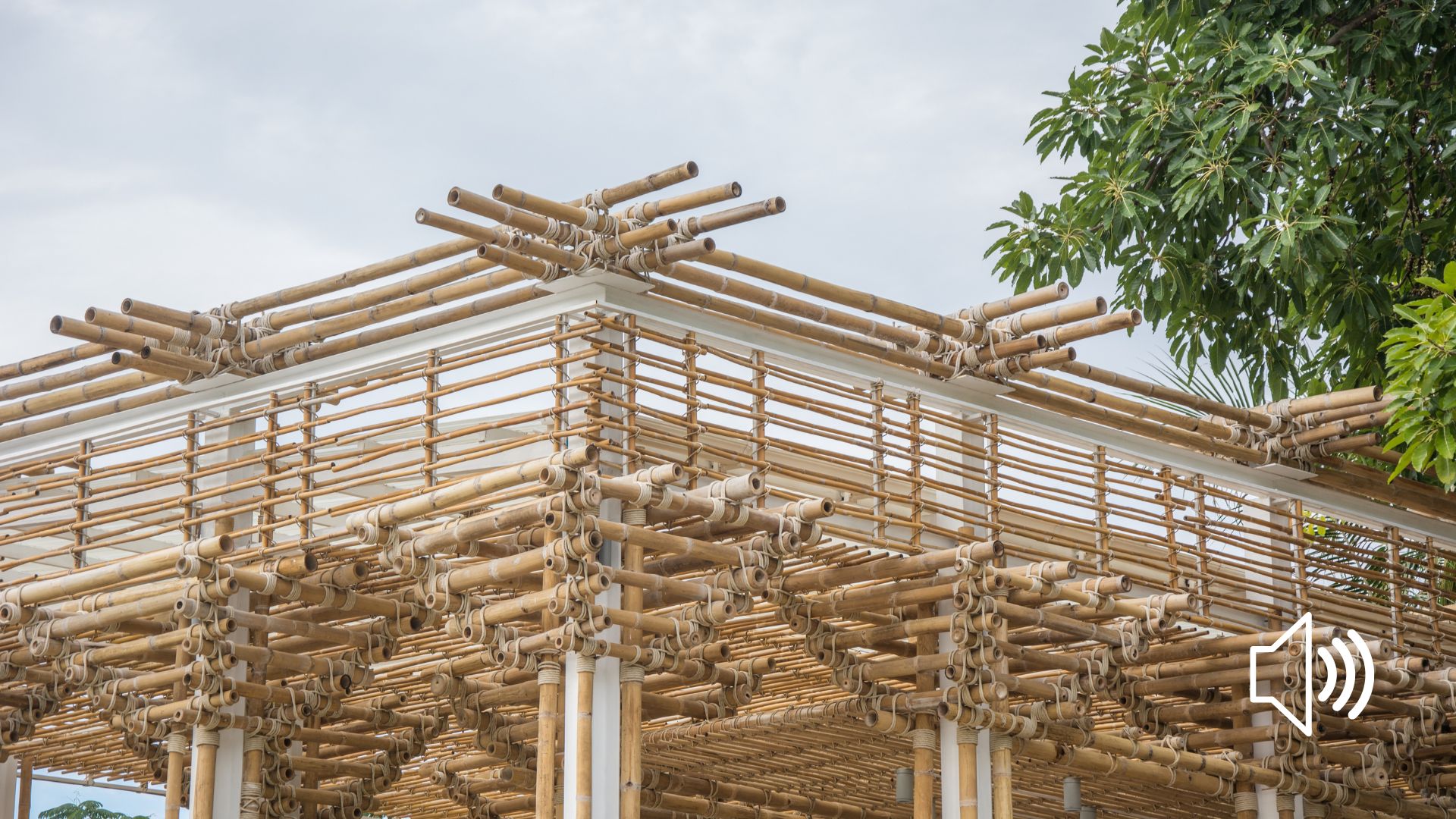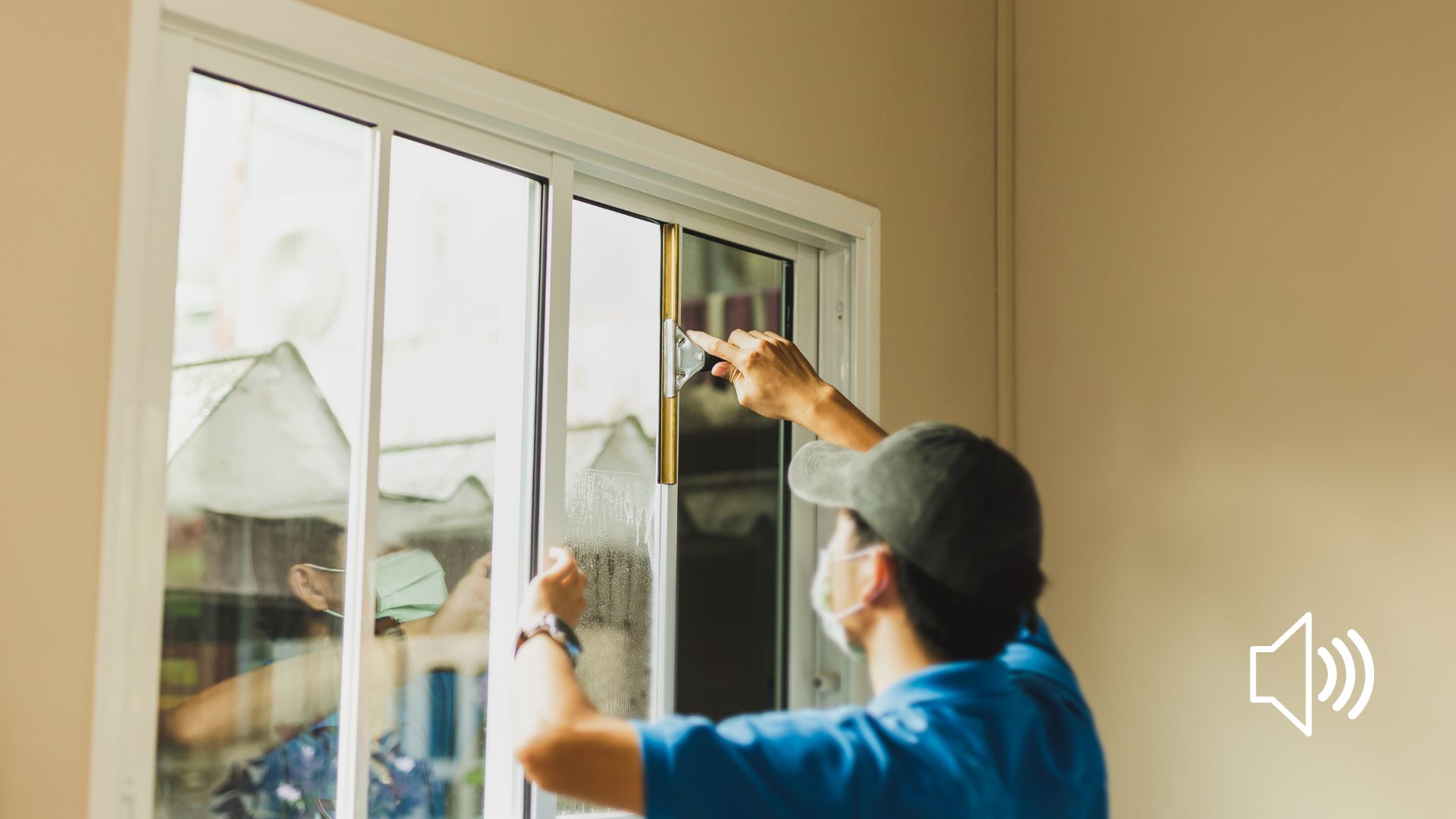When it comes to enhancing the beauty and functionality of a home, few architectural elements hold as much charm as French windows. These elegant openings, characterized by their large panes and dual doors that swing outward, invite abundant natural light into space and create a seamless connection between indoor and outdoor environments.
However, their aesthetic appeal is only part of the story. In an age where energy efficiency and eco-design have become paramount in building and renovation projects, French windows are emerging as vital components in achieving sustainable living. By exploring their impact on energy efficiency, we can appreciate how these timeless features contribute to a greener future while elevating the overall atmosphere of our homes.
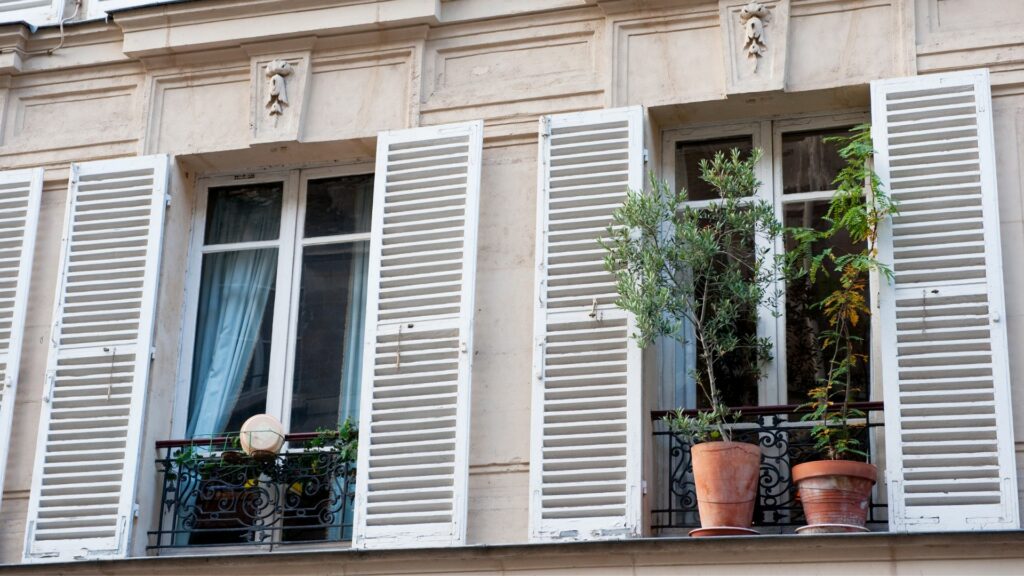
What are French Windows
This type of windows, also known as French doors, are elegant and functional architectural elements that have been a staple in European design for centuries. These windows are typically made of glass panes extending from the top to the bottom of the frame, often set in pairs, and designed to open outward or inward like doors. They allow for a seamless connection between indoor and outdoor spaces, making them popular for patios, balconies, and garden exits.
The concept dates back to the 17th century, during the Renaissance. Inspired by Italian architecture, the French sought to enhance natural lighting in their homes while maintaining a grand aesthetic. The design became widespread, evolving to suit modern tastes while preserving its classic charm.
Characteristics of French Windows
Several key characteristics:
- Full-Length Glass Panels – Unlike classical windows, which may have smaller or divided panes, this type of windows feature large glass panels that allow maximum light penetration.
- Paired Installation – Traditionally, they are installed in pairs, opening outward or inward like doors.
- Elegant Framing – Often framed in wood, aluminum, or uPVC, these windows exude a sophisticated look suitable for traditional and contemporary homes.
- Multiple Opening Options – Depending on the hinge mechanism, this type of windows can open fully, partially, or be fixed for decorative purposes.
- Versatility – They can be used as windows or doors leading to outdoor areas.
Differences Between French Windows and Classical Windows
Among the various styles, French and classical windows are two distinct options, each with unique characteristics that influence their design, functionality, and appeal.
This type of windows are characterized by tall, full-length glass panels extending from the floor to nearly the ceiling. Unlike traditional windows, they function more like doors, swinging open either inward or outward. This design maximizes natural light, enhances openness, and creates a seamless indoor-outdoor connection. With their minimalistic frames, French windows prioritize glass areas, offering an elegant, almost unobstructed view. Their ability to fully open makes them an excellent choice for spaces that require optimal ventilation and easy access to gardens, patios, or balconies.
In contrast, classical windows come in various designs but generally feature shorter frames with divided panes. Depending on architectural needs, their opening mechanism varies, including sliding, tilting, or hinged designs. While they may not provide as much light or ventilation as this type of windows, they offer practicality and versatility, fitting seamlessly into different residential and commercial settings. The frames of classical windows tend to be heavier, often incorporating grids or decorative elements that enhance their structural strength.
A key distinction lies in functionality. This type of windows often serve a dual purpose, acting as windows and doors, making them ideal for spaces emphasizing aesthetics and accessibility. Classical windows, however, are primarily designed for ventilation and light control, offering more options in terms of installation and cost-effectiveness.
Ultimately, the choice between French and classical windows depends on the intended use and architectural vision. French windows enhance visual appeal and bring abundant light, while classical windows remain a practical and adaptable solution for standard home and office applications.
Advantages and Limitations of French Windows
Before choosing French windows for a project, weighing their advantages and limitations is essential.
Pros:
- Enhanced Natural Light: The large glass panels allow for optimal sunlight exposure, reducing the need for artificial lighting during the day.
- Aesthetic Appeal: Adds a touch of elegance and sophistication to any home or building.
- Seamless Indoor-Outdoor Connection: Ideal for balconies, patios, and garden-facing areas.
- Ventilation Benefits: Can be fully opened for maximum airflow, improving indoor air quality.
Cons:
- Security Concerns: Since they are prominent and accessible, this type of windows may require additional security measures such as reinforced locks and glass.
- Space Requirements: Swinging open requires sufficient space, which may not be ideal for compact areas.
- Maintenance: Larger glass areas may require more frequent cleaning.
- Cost: Generally more expensive than standard windows due to materials and installation complexity.
Understanding the Energy Efficiency of French Windows
Many homeowners overlook windows’ impact on energy efficiency when considering home improvements. As we have seen in previous chapters, the French window is known for its aesthetic appeal and ability to flood a room with natural light. However, understanding how this type of windows affect energy efficiency is crucial for ensuring that your home remains comfortable and energy costs remain manageable.
High-quality French windows often incorporate modern double or triple glazing, which provides better insulation than traditional single-pane designs. The space between the glass panes is filled with gas, such as argon, to create a barrier against heat transfer.
If you’re considering installing French windows, investing in energy-efficient models rated for their thermal performance is worthwhile. These models ensure optimal insulation while maintaining the desired aesthetic.
Aside from glazing, the frame materials used in French windows can significantly affect their energy efficiency. Options such as vinyl, fiberglass, and woodclad can offer different levels of thermal insulation. For instance, vinyl frames have better energy ratings than metal frames, which can conduct heat and cold more readily.
Additionally, ensuring a proper seal during installation is essential, as gaps and air leaks can undermine the insulation properties of the windows. Homeowners should also consider the orientation of the windows and how they interact with the sun’s path, as this can lead to increased heating or cooling demands.
In summary, while French windows can enhance your home’s beauty and natural light, understanding how this type of windows affect energy efficiency is vital for making informed decisions. By choosing energy-efficient glazing, selecting the right frame materials, and ensuring proper installation, homeowners can enjoy the aesthetic benefits of this type of windows without compromising on energy performance. This thoughtful approach leads to a more comfortable living space and contributes to lower energy bills and a reduced environmental footprint.
Tips for Maximizing Energy Efficiency with French Windows
Many homeowners prioritize energy efficiency, and one often overlooked aspect is the choice of windows. With their expansive glass panes and elegant design, this type of windows can significantly influence a home’s energy performance.
Understanding how this type of windows affect energy efficiency can help homeowners make informed decisions that enhance aesthetics and minimize energy costs.
The choice of glazing is paramount when considering French windows. Opting for double or triple glazing can substantially reduce heat transfer, ensuring your home stays warm in winter and cool during summer. This form of insulation helps maintain a steady indoor climate, allowing homeowners to rely less on heating and cooling systems.
Furthermore, selecting Low-E (low-emissivity) glass can improve energy efficiency by reflecting heat back into the room during colder months while keeping the interior cool during warmer months.
Additionally, proper installation and sealing are crucial in maximizing the energy efficiency of this type of windows. Drafts and air leaks can undermine even the best-quality windows, increasing energy consumption.
Ensuring that the windows are correctly fitted and that weatherstripping is in good condition can prevent unwanted airflow, allowing your heating and cooling systems to operate more effectively.
Regular maintenance checks are also essential. Replacing worn seals and ensuring the frames are in good condition can optimize performance.
Thermal curtains or blinds can add an extra layer of insulation, reducing heat loss during colder months and minimizing heat gain in summer.
Large potted plants or external shading devices can also help regulate temperatures while maintaining the beauty of French windows.
By taking these steps, homeowners can enjoy the elegance of French windows while harnessing their full energy-efficiency potential.
Read also: How Long can you Leave Windows Open Before Room Temperature Drops?
🔗 Download E-BOOK: “Essential Guide to Passive House Design” for FREE ⬇️⬇️⬇️


